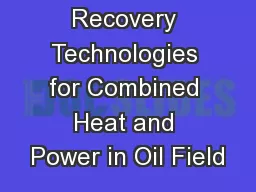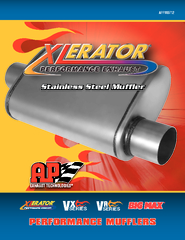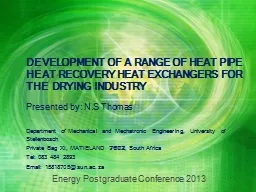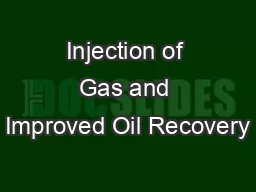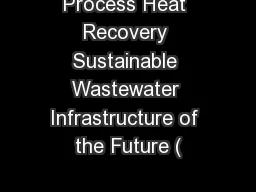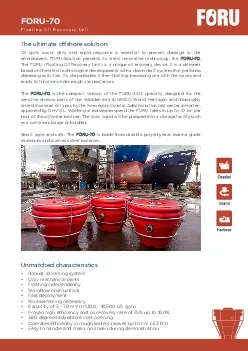PPT-Heat Recovery Technologies for Combined Heat and Power in Oil Field
Author : myesha-ticknor | Published Date : 2018-11-18
Fanxu Meng PhD PE Research Associate DOE UpperWest CHP TAP Houston Advanced Research Center HARC Denver CO October 31 th 2018 1 In Todays Presentation DOE CHP
Presentation Embed Code
Download Presentation
Download Presentation The PPT/PDF document "Heat Recovery Technologies for Combined ..." is the property of its rightful owner. Permission is granted to download and print the materials on this website for personal, non-commercial use only, and to display it on your personal computer provided you do not modify the materials and that you retain all copyright notices contained in the materials. By downloading content from our website, you accept the terms of this agreement.
Heat Recovery Technologies for Combined Heat and Power in Oil Field: Transcript
Download Rules Of Document
"Heat Recovery Technologies for Combined Heat and Power in Oil Field"The content belongs to its owner. You may download and print it for personal use, without modification, and keep all copyright notices. By downloading, you agree to these terms.
Related Documents

